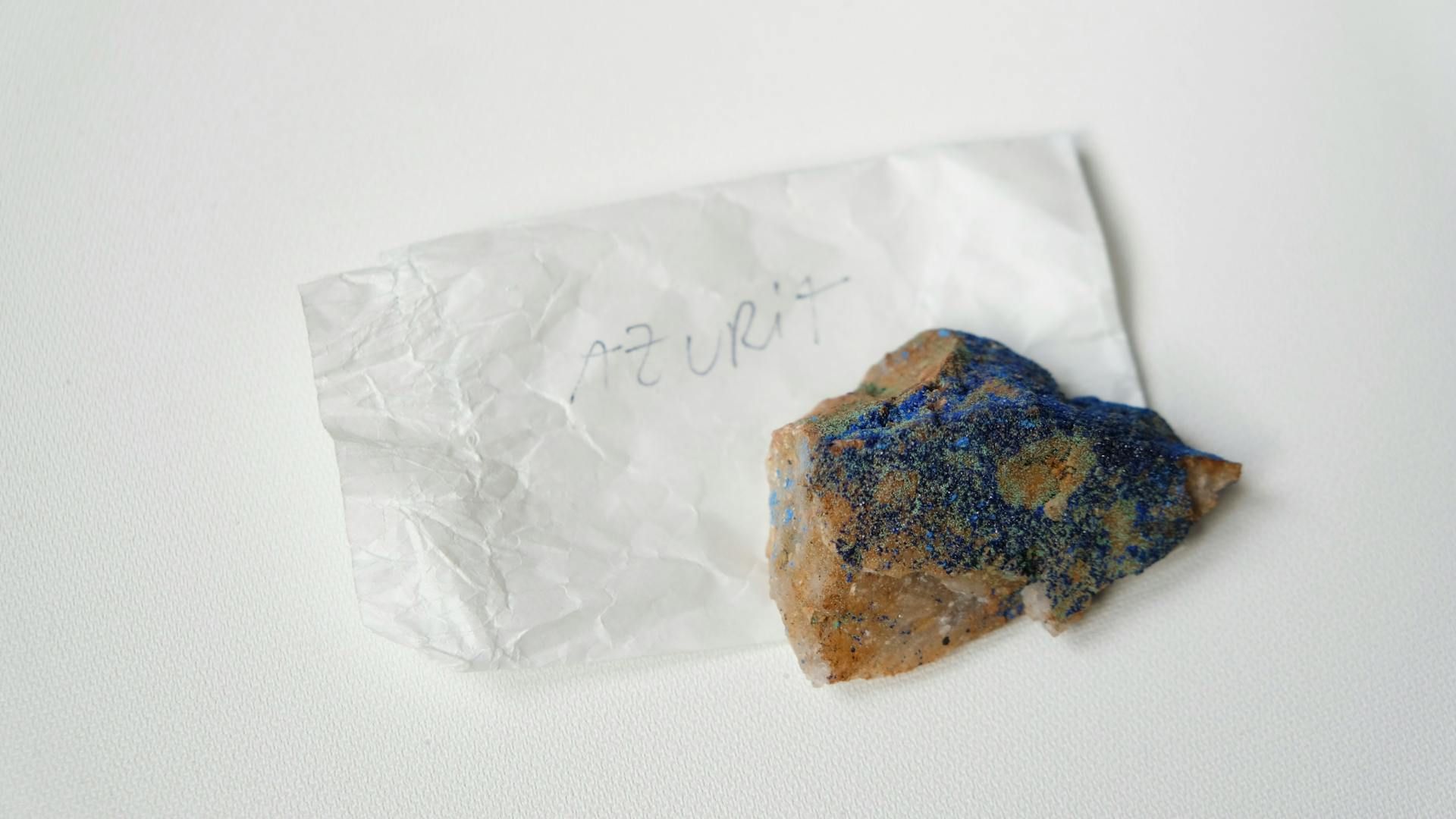Local Azure Storage Development with Azurite and Docker
Local Azure Storage Development Made Easy with Azurite and Docker #
A practical guide to spinning up a local, high-fidelity Azure Storage emulator for cleaner testing and faster development cycles.

Testing an application that reads and writes from Azure Storage can be a hassle. Do you mock the storage SDKs? Do you point your development machine to a real (and costly) Azure Storage account? Both have significant downsides, from inaccurate mocks to network latency and cost management.
There’s a better way: Azurite, the official open-source emulator for Azure Storage.
This guide will show you how to use Docker to create a reliable, local, and disposable Azurite environment, complete with an automated setup script. We'll cover two methods: a simple approach with Docker Compose and a look under the hood with docker run commands.
What is Azurite? #
Azurite provides a free local environment for testing your Azure Blob, Queue, and Table storage applications. It emulates the Azure Storage APIs with high fidelity, meaning the code you write against Azurite will behave the same way it does against a real Azure Storage account. By running it in a Docker container, we get a clean, isolated, and easily reproducible setup.
Automating Setup with the Azure CLI #
While you can connect to Azurite and create containers manually, a better approach for a clean, repeatable development environment is to automate this setup.
In this guide, we will use a separate Docker container running the official Azure CLI (mcr.microsoft.com/azure-cli) to automatically create a blob container every time our environment starts. This "task runner" container will execute a simple shell script, ensuring our Azurite instance is always in the state our application expects, with no manual steps required.
Method 1: The Simple Life with Docker Compose #
For multi-container applications, Docker Compose is the gold standard. It lets us define and run our entire local environment with a single file and command.
Our setup consists of two services:
azurite: The storage emulator itself.container-creator: A one-off utility container that runs a script to initialize our storage environment (e.g., create a default container).
Here’s the docker-compose.yml:
services:
azurite:
image: mcr.microsoft.com/azure-storage/azurite
restart: always
command: >
azurite --loose
--blobHost 0.0.0.0 --blobPort 10000
--queueHost 0.0.0.0 --queuePort 10001
--tableHost 0.0.0.0 --tablePort 10002
--location /workspace --debug /workspace/debug.log
ports:
- "10000:10000"
- "10001:10001"
- "10002:10002"
container-creator:
image: mcr.microsoft.com/azure-cli:latest
depends_on:
- azurite
environment:
CONTAINER_NAME: images
AZURE_STORAGE_CONNECTION_STRING: DefaultEndpointsProtocol=http;AccountName=devstoreaccount1;AccountKey=Eby8vdM02xNOcqFlqUwJPLlmEtlCDXJ1OUzFT50uSRZ6IFsuFq2UVErCz4I6tq/K1SZFPTOtr/KBHBeksoGMGw==;BlobEndpoint=http://azurite:10000/devstoreaccount1;
volumes:
- ./blob-storage:/blob-storage
entrypoint: ["/bin/sh", "-c", "chmod +x /blob-storage/entrypoint.sh && /blob-storage/entrypoint.sh"]To run it, simply execute:
# Use --build if you change the entrypoint.sh script
docker-compose up --build -dWhen you're done, tear it all down with:
docker-compose downThis is the cleanest and most recommended approach.
You can find the complete docker-compose.yml and initialization scripts in this GitHub repository
Method 2: Under the Hood with docker run #
Understanding what Docker Compose does behind the scenes is valuable. Here’s how to achieve the same setup using docker run commands.
The key is creating a shared network so the container-creator container can communicate with the azurite container using its name as a hostname.
Step 1: Create the Network
docker network create azurite-networkStep 2: Start the Azurite Container This command starts the Azurite service and attaches it to our network.
docker run -d --name azurite --restart always \
--network azurite-network \
-p 10000:10000 -p 10001:10001 -p 10002:10002 \
mcr.microsoft.com/azure-storage/azurite \
azurite --loose --blobHost 0.0.0.0 --blobPort 10000 --queueHost 0.0.0.0 --queuePort 10001 --tableHost 0.0.0.0 --tablePort 10002 --location /workspace --debug /workspace/debug.logStep 3: Run the Initialization Script
This command starts the container-creator container using the mcr.microsoft.com/azure-cli image. The container runs the setup script and then exits. Notice how the connection string points to http://azurite:10000.
docker run --rm --network azurite-network \
-e CONTAINER_NAME=images \
-e AZURE_STORAGE_CONNECTION_STRING="..." \
-v $(pwd)/blob-storage:/blob-storage \
mcr.microsoft.com/azure-cli:latest \
/bin/sh -c "chmod +x /blob-storage/entrypoint.sh && /blob-storage/entrypoint.sh"Method 3: Using a Custom Application as a Task Runner #
For more complex initialization logic, you aren't limited to using shell scripts and the Azure CLI. A more powerful and flexible approach is to write a small, custom application to act as your setup task runner.
The idea is simple:
- Write a small application in a language like Python, Node.js, or C# that uses the official Azure Storage SDK. This application would contain the logic to connect to Azurite and set up your desired state (e.g., create multiple containers, upload default data, set metadata).
- Package this application into its own Docker image.
- Replace the
container-creatorservice in thedocker-compose.ymlfile to use your new custom image instead of theazure-cliimage.
This method gives you the full power of a programming language to perform sophisticated setup tasks, making it ideal for complex scenarios while keeping your environment fully automated.
The Auto-Setup Script #
The magic of the container-creator is in its entrypoint script. It uses the Azure CLI to prepare our storage environment, so our application doesn't have to worry about creating its own containers on startup. This latest version of the script also verifies that the container was created successfully.
Here is the blob-storage/entrypoint.sh script:
#!/bin/sh
set -eu
CONTAINER_NAME="${CONTAINER_NAME:?Error: CONTAINER_NAME is required but not set}"
AZURE_STORAGE_CONNECTION_STRING="${AZURE_STORAGE_CONNECTION_STRING:?Error: AZURE_STORAGE_CONNECTION_STRING is required but not set}"
echo "Creating container: $CONTAINER_NAME ..."
az storage container create \
--name "$CONTAINER_NAME" \
--public-access blob \
--connection-string "$AZURE_STORAGE_CONNECTION_STRING"
echo "Verifying container '$CONTAINER_NAME'..."
container_info=$(az storage container show \
--name "$CONTAINER_NAME" \
--connection-string "$AZURE_STORAGE_CONNECTION_STRING" 2>/dev/null || true)
if [ -z "$container_info" ]; then
echo "❌ Error: Container '$CONTAINER_NAME' was not found after creation." >&2
exit 1
else
echo "✅ Container '$CONTAINER_NAME' exists and is accessible."
fi
echo "Done."Connecting Your Application #
Whether you used Docker Compose or docker run, your local Azurite instance is now running and accessible. To connect your application to it, use the standard Azurite connection string:
DefaultEndpointsProtocol=http;AccountName=devstoreaccount1;AccountKey=Eby8vdM02xNOcqFlqUwJPLlmEtlCDXJ1OUzFT50uSRZ6IFsuFq2UVErCz4I6tq/K1SZFPTOtr/KBHBeksoGMGw==;BlobEndpoint=http://127.0.0.1:10000/devstoreaccount1;
Conclusion #
By combining Azurite and Docker, you can create a powerful, isolated, and automated local development environment for Azure Storage. This approach eliminates flaky mocks and the costs of live cloud resources, allowing you to build and test with confidence.
Happy coding!